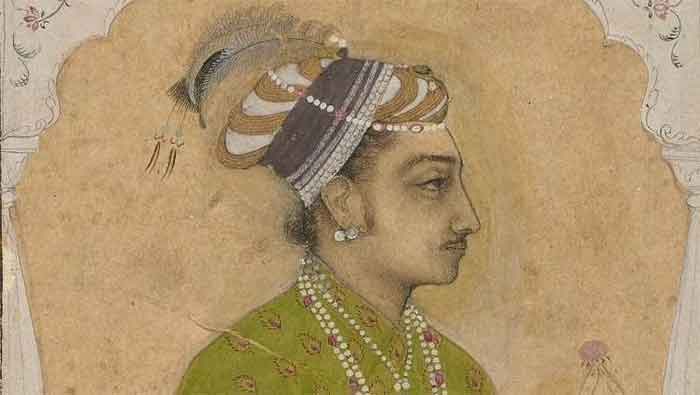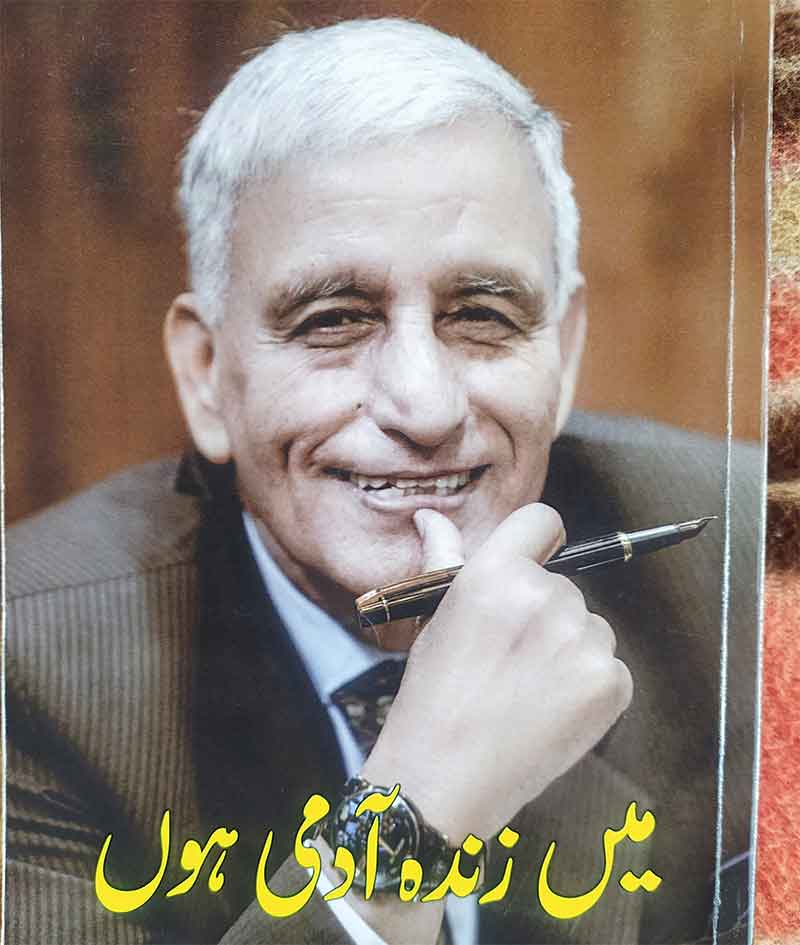
Communal propagandists who want to disrupt inter-faith harmony often distort and misrepresent history to peddle their lies. While this can be shown in the context of many instances, the times of Dara Shikoh are particularly relevant in this context.
As is well known , Dara Shikoh (1615-59) was the favorite son of the Mughal emperor Shah Jahan, the buider of the Taj Mahal, who was formally announced to be his successor, but could not actually become the king as he was defeated and executed by his younger brother Aurangzeb.
The most significant aspect of the many-sided personality of Dara Shikoh was that, inheriting a trait of his great grandfather Akbar, he yearned to find the meeting grounds of various religions, particularly Hinduism and Islam, and to use this as a source of strengthening his country and people. In this he had a very able companion in his elder sister, Princess Jehanara, who encouraged, helped and inspired him. His wife Nadira Begum was also very helpful in this, as was his exceptionally brave son Suleiman Shikoh when he grew up. Dara Shikoh was a disciple of the great Sufi saints Mian Mir and more particularly of Mullah Shah Badakshi who advocated a religion based on compassion and toleration as well as coming together of cultures, while he also held consultations with the Hindu Yogi Baba Lal and with many Hindu scholars from Benaras and elsewhere, some of whom were invited to help in his great project of translating Hindu scriptures, again in the tradition of his great grandfather Akbar.
As Dara Shikoh was an avid reader and accomplished author, he used his princely privileges to contribute an enormous amount of literature that could forward this cause within a short span of about two decades. To prepare the base for this, he created one of the most well-endowed libraries of the world of the 17th century and assembled some of the best Hindu and Muslim scholars for this work. He was well versed in Persian, Arabic and the Hindustani spoken by people, and now learnt Sanskrit as well.
He personally wrote a treatise on the meeting points of Sufism and Vedantism. The original work in Persian Majma-ul-Bahrain ( Confluence of Two Seas) later became available in Urdu (in 1872) as Nur-i-Ain and in Hindi as Sagar Samudra Granth. In fact his treatises and books on related issues appeared at regular travels. He made a special effort to write on philosophical and mystical issues in simpler ways that could be understood by most people. He devoted a lot of time and effort for his project of translating the Upanishdas, fortunately completing the work just in time before the war of succession broke out and the pen in Dara’s hand had to be replaced by a sword.
What is interesting is that Dara continued with these ways for nearly 25 years, working in close understanding with his sister Jehanara, and all this time they together remained the most powerful persons in the vast empire after the emperor himself, and were accepted very widely as such. Dara was widely accepted as the heir apparent, as desired by his father, while Jehanara became the first lady of the Empire after the tragic death of Mumtaz Mahal just three years after Shahjehan was crowned as the king. Shahjehan’s love for both of them continued to grow all the time.
Thus contrary to the worldview spread by communalist propagandists of constantly warring followers of two religions, what do we see in reality? We see that those who stand the most for the coming together of two religions and cultures get the most support of people and gain wider acceptance. In fact later when Dara was badly mistreated by Aurangzeb before his execution in Delhi, there was almost a revolt by common people and the commander whose treachery had led to the arrest of Dara was actually attacked by the angry and distressed people. His soldiers were also attacked and would have been lynched by angry people if the Kotwal of Delhi had not rushed in with his force to rescue them.
Secondly, all the time inter-actions regarding better understanding and coming together of various religions were taking place and saints who supported this had vast numbers of followers. Mian Mir was invited by the Sikhs to lay the foundation stone of the Golden Temple. Dara Shikoh became a very good friend of the Seventh Sikh Guru Har Rai. In difficult times Sikhs and Garhwalis in particular helped Dara Shikoh.
Of course wars and battles were continuing all the time, as was the norm then. However when Shah Jehan sent an army to conquer Khost and to explore the further advance, this was led led by a Rajput Raja Jagat Singh (1645). So if a Muslim Emperor sends a Hindu King to conquer a Muslim territory, how can these medieval wars be called Hindu-Muslim wars. The Rajputs set up themselves up in the base at Kabul and did not just fulfill the assigned task, but rather stayed on for some time to protect the empire from the threatening attacks of the Uzbegs, recalling the days when Hindus and Muslims had got together to repulse some attacks of Mongols.
Shahjehan was upset that the Mewar kingdom had not followed the terms of the agreement reached at the time of Amar Singh, and so an invasion was launched but Dara Shikoh tried successfully to prevent a full-fledged war by pleading with his father and so an agreement, although an uneasy one, could again be reached. In the case of Garhwal, Dara’s peace efforts were even more successful in preventing war and bloodshed.
In fact at a later stage with Aurangzeb in hot pursuit of Suleiman Shikoh ( son of Dara) it was this king Prithvichand of Garhwal who gave shelter to the young prince and even when threatened , he refused to hand over his guest to him. Later it was only by intrigues and treachery that Aurangzeb could get Suleiman to Delhi ( he then imprisoned and finally executed the brave prince in Gwalior).
Finally, although it was well known that Dara had openly declared his closeness with Hindus and in particular with Rajputs and Aurangzeb was equally well-known for his narrow and sectarian views, in the war on succession several Hindu nobles and kings supported Aurangzeb and opposed Dara! This war of succession was fought out while Shajehan was still alive and so Dara, the chosen successor, and Shahjehan were on the same side. It was at this critical stage that some Hindu kings and nobles who had always pledged loyalty to Shahjehan and had been amply rewarded by him chose to side with Aurangzeb, to a lesser or greater extent! Even when Aurangzeb imprisoned Shahjehan and executed Dara after insulting him badly, these kings and nobles continued to side with Aurangzeb. This proves beyond doubt that alignments were being decided not on the basis of religion but on the basis of self-interest and power equations.
Bharat Dogra is Honorary Convener, Campaign to Save Earth Now. His recent books include a Day in 2071, When the Two Streams Met and Man over Machine.

















































